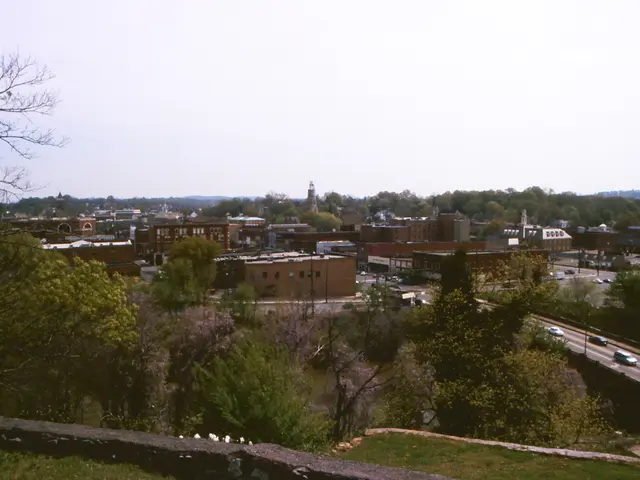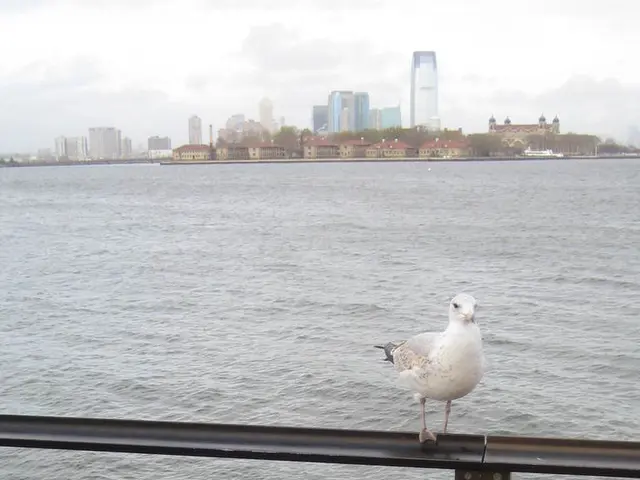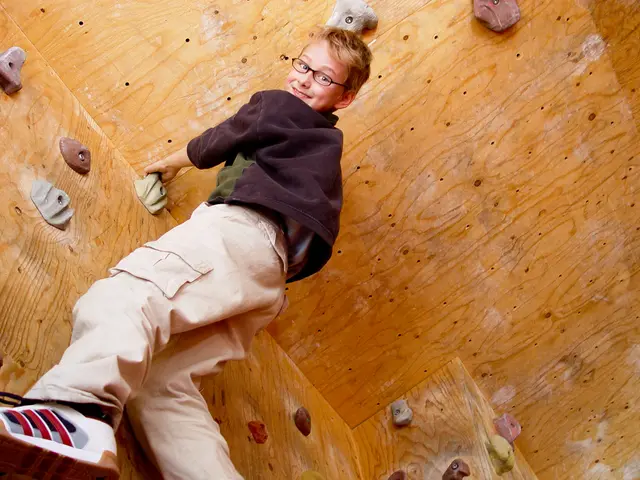Unraveling Artistic Dynamics across South America: From Time-Honored Roots to Present-Day Currents
Exploring the vibrant tapestry of South American art, we delve into the rich cultural heritage and historical journey of the continent. From examination of ancient relics to the contemporary art scenes in bustling cities, South American art presents a unique lens into the soul of its people, their stories, and the continent's fascinating past.
Ancient Origins
Long before European colonization, South America was home to numerous indigenous cultures, each with their distinct artistic traditions. The art of this period, often referred to as Pre-Columbian, was characterized by its functionality and symbolism. Works were not merely decorative but held significant religious, social, and political meaning.
Unveiling Civilizations
Some prominent civilizations such as the Incas, Nazca, and Moche, left an indelible mark with their extraordinary artistic creations. The Incas were celebrated for their architectural marvels like Machu Picchu, while also excelling in pottery, textile art, and metalwork deeply intertwined with their religious beliefs and social hierarchy. The Nazca, famous for the Nazca Lines, produced pottery adorned with stylized figures showcasing advanced understanding of color and design. The Moche, known for their ceramics, created detailed and expressive pottery depicting everyday life, religious rituals, and mythical narratives.
Mastering Techniques
Pre-Columbian art utilized materials readily available in the environment, including gold, silver, clay, and textiles. Metalwork techniques such as gold alloying and gilding were remarkably advanced, while textile art, using fibers like cotton and alpaca wool, was another significant form employing intricate patterns and vibrant colors.
Colonial Influence
The arrival of the Spanish and Portuguese in the 16th century brought a significant shift in South American art, dominated by the blending of indigenous traditions with European artistic styles, primarily Baroque and Mannerism.
Religious Art Renaissance
Churches and cathedrals became the main centers for artistic expression, adorned with altarpieces, sculptures, and murals. Art was predominantly religious, designed to evangelize the indigenous population.
Fusion of Cultures
The Cuzco School of Art in Peru stands out as a remarkable example of this syncretism, merging European techniques with local themes and palettes. Their paintings are characterized by the use of gold leaf, vivid colors, and the fusion of Christian and indigenous iconography.
Indigenous Artists' Contribution
Despite European dominance, indigenous artists played a crucial role in the creation of colonial art, adapting European techniques to their traditions, generating a unique artistic language that captured their own experiences and perspectives.
19th Century Nationalism
The 19th century witnessed nationalism’s rise giving birth to a growing sense of artistic identity. Romanticism and the celebration of local importance, folklore, and natural beauty became popular, with artists like Martin Tovar y Tovar and Candido Lopez capturing pivotal moments in their nations' histories.
20th Century Transformation
The advent of the 20th century saw South American artists embracing and reinterpreting European modernist movements such as Impressionism, Cubism, and Surrealism. Tarsila do Amaral, a central figure in Brazilian modernism, exemplified this, blending local subjects with avant-garde aesthetics.
Preserving Indigenous and Folk Traditions
Parallel to modernist trends, there was a revival of indigenous and folk art traditions driven by the desire to create a distinct South American artistic identity independent of European influences.
Modern Movements and Cultural Awakening
Today, South American art is as diverse as its cultures. Contemporary artists often explore issues of identity, politics, and social justice while engaging with global art trends. Artists like Adriana Varejão and Oscar Muñoz have gained international recognition for their powerful work delving into themes of memory, identity, and history.
Art on a Global Stage
South American artists are now prominent figures in the global art scene, participating in major exhibitions and biennales, and their work is celebrated for its unique perspective and contribution to the global artistic dialogue.
The Intertwining of Art and Society
Throughout its history, South American art has been deeply influenced by the continent's social and political climates. From the struggles for independence to contemporary social movements, artists have used their medium to comment on, participate in, and shape societies.
Art During Dictatorships
In mid-20th-century South American countries under dictatorships, powerful and often provocative art forms emerged as artists employed their work as a form of resistance, subtly critiquing regimes and addressing human rights issues.
Street Art and Graffiti
In recent decades, street art and graffiti have become prominent in cities across South America. Accessible and often serving as a tool for social and political activism, these art forms offer a reflection of public sentiment and serve as a challenge to societal norms.
Indigenous Movements' Expressions through Art
Indigenous movements throughout South America have found expression through art, as a means of preserving cultural heritage, asserting identity, and voicing political demands. Indigenous artists often combine traditional techniques and motifs with contemporary themes, creating a potent dialogue between the past and present.
South American Art Moving Forward
From ancient artifacts and rich cultural heritage to the dynamic contemporary scenes, South American art demonstrates resilience, creativity, and diversity throughout its evolution. As we continue to delve into the depths of this vibrant and essential region's artistic landscape, we not only celebrate its aesthetic achievements but also acknowledge the profound stories and experiences that have shaped it. South American art's rich history resonates on the world's cultural stage, offering a unique perspective enriched by the continent's storied past.
- The artistic creations of indigenous cultures, such as those of the Incas, Nazca, and Moche, demonstrate a unique understanding of color and design, showcasing their advanced knowledge in various techniques like gold alloying, gilding, pottery, textile art, and metalwork.
- The fusion of European artistic styles with indigenous traditions during the colonial period gave birth to the Cuzco School of Art, which combined European techniques with local themes and palettes, resulting in a distinctive artistic language that captured the experiences and perspectives of the indigenous population.
- Contemporary South American artists engage with global art trends while exploring issues of identity, politics, and social justice in their work, leading to international recognition for artists like Adriana Varejão and Oscar Muñoz, whose pieces delve into themes of memory, identity, and history.





